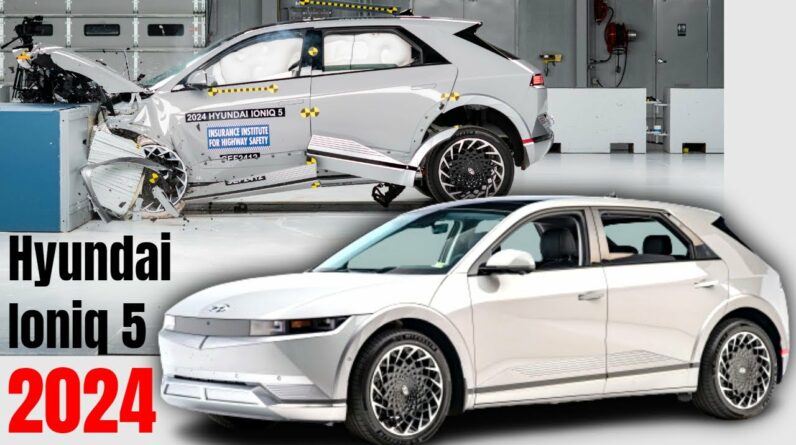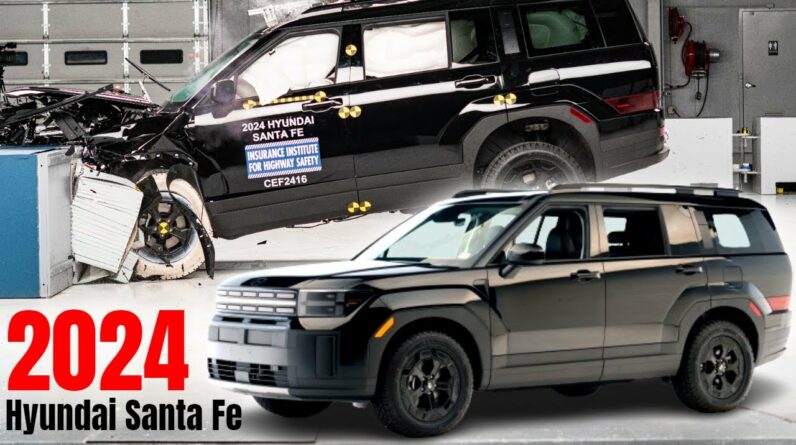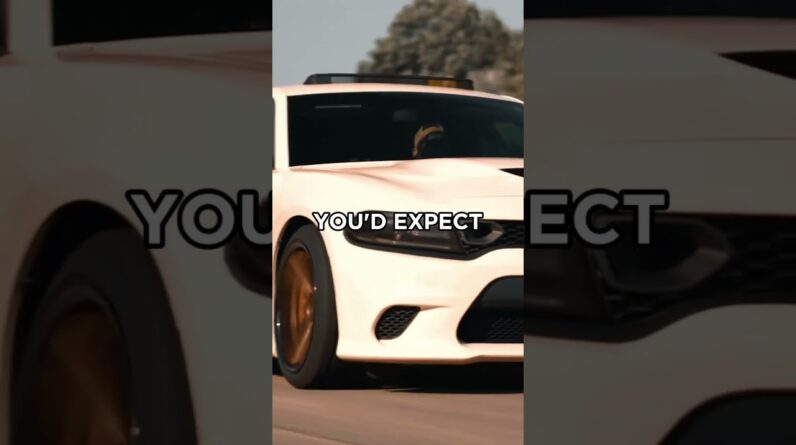The Mission R is the latest vision from Porsche. With this study of an all-electric GT racing car, the pioneer of sustainable mobility is revealing what customer motorsports could look like in the future. A look at the body and chassis.
Many of the Mission R’s add-on parts are made of natural fibre reinforced plastic (NFRP), the basis of which is a material made from agriculturally produced flax fibres. Producing this renewable fibre creates 85 per cent less CO2 than is the case with carbon fibre. The natural fibre material can be seen on the car’s exterior, such as the front splitter, the side skirts and the diffuser.
The electric racing car also has a new roll-over protection concept: instead of a conventional steel cell welded to the bodyshell, in this case a cage structure made of carbon fibre reinforced plastic (CFRP) protects the driver. The carbon cage is integrated directly into the roof and is visible from the outside via transparent segments. This enables those racing the car to enjoy a new feeling of generous space.
In the brake-by-wire braking system, a control unit models the interaction between the hydraulic and electric brakes, which is known as brake blending. Due to the high recuperation output of up to 800 kW, the conventional brakes are subjected to a significantly lower load and could thereby be reduced in size. The diameter of the brake discs is now 380 and 355 mm at the front and rear, respectively. Six-piston callipers are fitted at the front, four-piston at the rear. The car is started with a battery status of 85 per cent (SoC). Recuperation is possible therefore in almost every driving situation. This means that, depending on the race track, more than 50 per cent of the energy can be recovered and is available for use.
The steering is also electrified. With Electric Power Steering (EPS), a torque sensor receives the driver’s intended directional change as a signal. On this basis, the control unit calculates the optimum steering assistance required. This information is passed on to an electric motor, which then provides the amount of power needed to complete the change in direction. The integrated air jack system facilitates quick tyre changes or repairs. The compressed air connections are located in the C-pillars.
Get More Great Car Videos – Subscribe: https://goo.gl/BSIaFc







